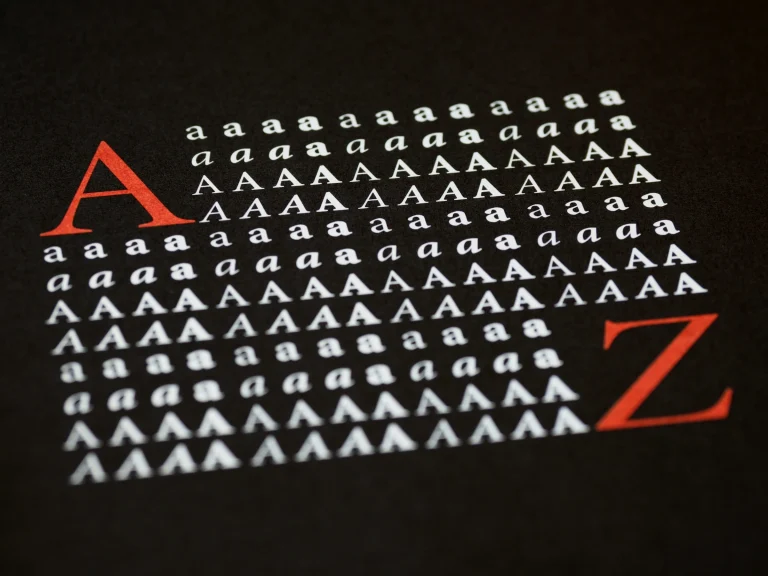Your attention is your most valuable resource, at least these days. Every day, from waking up in the morning until you go to bed at night, you’re exposed to hundreds of pieces of content, exposed to ads, and bombarded with notifications. Consequently, your attention is no longer just a resource; it’s become a commodity that others are interested in.
The concept of the attention economy describes how people’s limited attention is captured and monetized.
The goal is clear: whether online or offline, advertisers develop tactics to capture your attention—and keep it there for as long as possible, leveraging software algorithms, psychological techniques, and design-focused strategies.
Because the revenue model of almost all social media platforms, especially search engines, and the users on them, is based on clicks, scrolls, and engagement.
How did the concept of the attention economy emerge?
“Hence a wealth of information creates a poverty of attention” says Nobel Prize-winning economist Herbert A. Simon, who first laid the foundations for the concept of the “Attention Economy” in 1971.
In an information-rich world, the wealth of information means a dearth of something else: a scarcity of whatever it is that information consumes. What information consumes is rather obvious: it consumes the attention of its recipients. Hence a wealth of information creates a poverty of attention.
Designing Organizations for an Information
Rich World’ in Martin Greenberger (ed.) Computers, Communications, and the Public Interest (1971)
According to Simon, attention is the mental engagement focused on a specific set of information. We notice and engage with these sets, and then decide whether to act.
The concept of the attention economy became more widely known in 2001 with the book of the same name by Thomas H. Davenport and John C. Beck. According to the authors, attention, a limited and scarce resource, has become the new currency in the modern business world.
Tim Wu’s 2016 book, “The Attention Merchants,” provides a detailed examination and analysis of the impact of the attention economy on the media industry. According to Wu, the elements of the attention-mongering industry attempt to steal every waking minute from us through various methods of distraction and diversion.
The functioning of the attention economy in the modern age
The current functioning of the attention economy depends on a marketing approach that aims to capture consumers’ attention and maintain their ongoing engagement. In this system, the focus is not on selling a product or service to consumers; it’s on capturing their attention and commercializing it.
In other words, the target audience agrees to receive content they believe is noteworthy, relevant, and beneficial in exchange for a little of their already limited attention. This represents an indirect value exchange.
Strategies implemented to capture attention
All social media apps, where you can create accounts and share your content, have a fundamental goal: to capture your attention and ensure you spend the most time there. To achieve this, they utilize comprehensive and continuously optimized algorithms.

These algorithms fundamentally look at and consider a few things:
- What posts you’ve liked, commented on, or shared with others;
- What types of videos you’ve watched and for how long;
- Which accounts you’ve engaged with the most
TikTok, one of the most popular video platforms, focuses on micro-attention windows, offering 15- to 60-second videos. It strives to keep users engaged by offering similar content based on viewing behavior. The first three seconds are crucial for capturing attention, and the creator must captivate consumers within this timeframe.
Netflix, a video streaming service renowned for its feature-length films and series, utilizes psychological research to optimize trailers to attract viewers. It uses trailers to capture user attention within the first eight seconds.
Google and Meta, a comprehensive and versatile technology company, are striving to advance targeted advertising by leveraging the big data they obtain through their applications. Because they predict individuals’ spending patterns with high accuracy, targeted ads are shown more frequently than randomly generated ads.
How does the attention economy affect people?
The effects of the attention economy can be divided into individual and societal.
Your attention is already limited, and digital platforms are trying to siphon away your limited resources. This explains why you constantly see food delivery ads on TV at dinnertime, when an app you access to browse a product repeatedly sends you information about that new phone you’ve been eyeing, and why the Explore tab of your favorite photo-sharing app is filled with photos and videos of places you’ve been wanting to visit just because you looked at them a few minutes ago.
You’re bombarded, and what you end up with is distraction and a lack of concentration after all these information, notifications, emails, and SMS messages from every channel.
With improved and more fluid videos, colorful photos, and content you can read without distraction, social media creates a kind of addiction. These environments, which are also prone to triggering issues like depression, also increase dopamine secretion, diminishing problem-solving and creativity skills. They also reinforce a lack of empathy in human relationships and weaken bonding skills.
Social consequences include the rapid spread of misinformation, the disinformation and echo chambers we’ve been talking about a lot lately. The individual effects of attention deficit and concentration disorders I mentioned are significant because they prevent people from thinking deeply about important issues and reduce civic engagement in society at large.
What is the attention economy turning into?
While the companies operating digital platforms profit immensely from your attention, what you’re left with is distraction, an addiction to endless scrolling, refreshing, and reloading, constantly navigating your mind, ever-growing problems you can’t seem to find solutions to, mood disorders, and much more.
There will always be a buyer for your attention, and whether you’re simply looking at photos, shopping, or simply reading the news, you’ll be constantly bombarded with notifications, discount offers, information, emails, SMS messages, and even phone calls—at least to the point where simply capturing your attention is enough. At this point, the concept of the value economy, which focuses on providing real value, comes into play.






